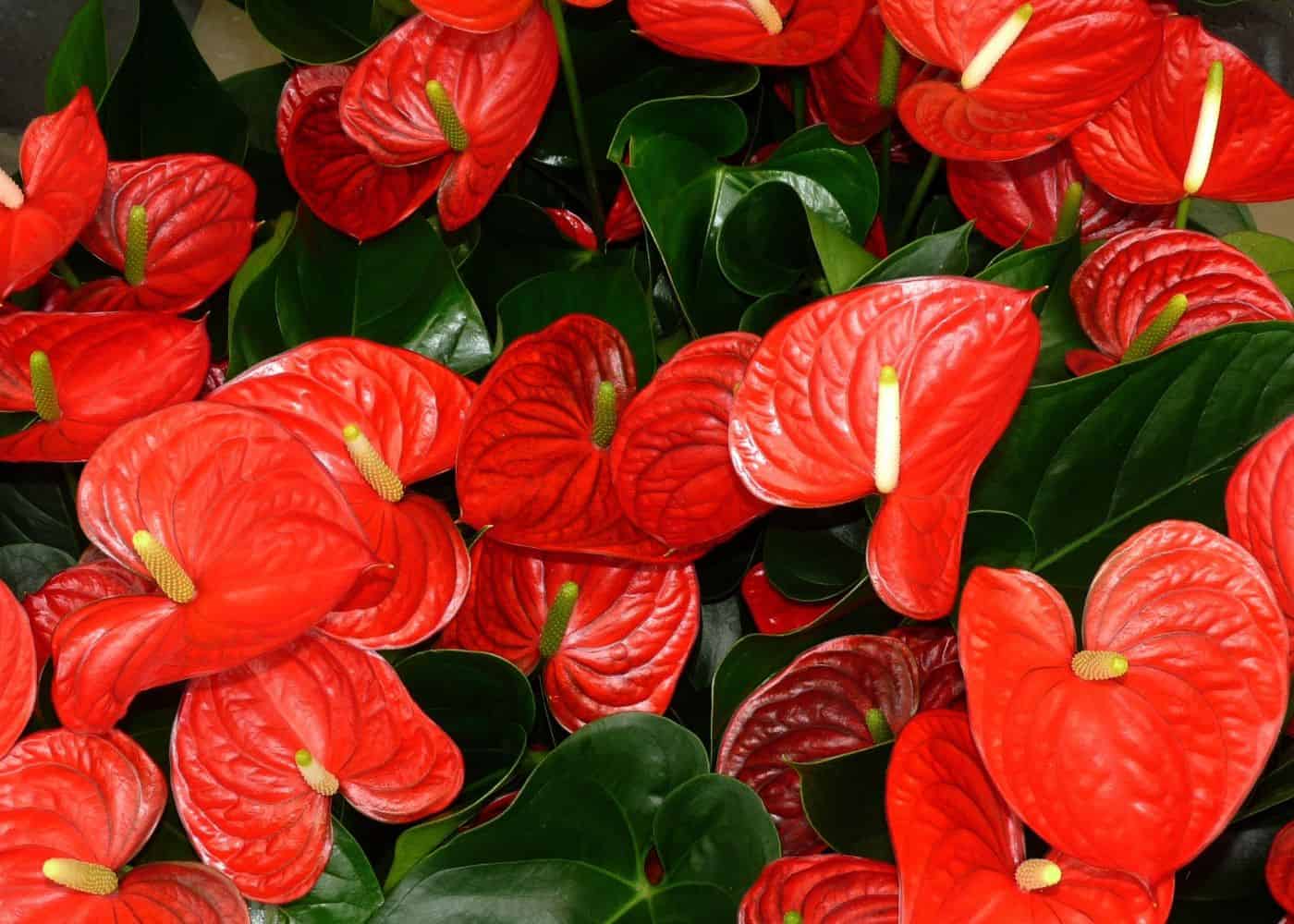Peace lily large plant: an exploration of the captivating world of this elegant houseplant, from its physical characteristics and cultivation requirements to its decorative applications and air-purifying benefits. Immerse yourself in a narrative that blends scientific facts with captivating storytelling, unraveling the secrets of this verdant beauty.
With its graceful foliage and elegant blooms, the peace lily has captured the hearts of plant enthusiasts worldwide. This comprehensive guide delves into the intricacies of cultivating and styling a large peace lily, empowering you to create a thriving indoor oasis.
Plant Characteristics and Features

The peace lily (Spathiphyllum wallisii) is a popular houseplant prized for its lush foliage and elegant white blooms. It is native to tropical rainforests in Central and South America.
Peace lilies are characterized by their large, glossy leaves that grow in a clump from the base of the plant. The leaves are typically dark green and have a pointed oval shape. The plant can grow up to 3 feet tall and wide, making it a substantial addition to any room.
Blooming Patterns
Peace lilies produce beautiful white flowers that resemble calla lilies. The flowers are actually modified leaves called spathes. They are held on long, slender stems that rise above the foliage. The spathes are typically white, but some varieties may have a greenish or pinkish tinge.
Peace lilies bloom throughout the year, but they are most prolific in the spring and summer months. The flowers typically last for several weeks.
Growing Conditions
Peace lilies are relatively easy to care for, but they do have some specific growing requirements. They prefer bright, indirect light and well-drained soil. The ideal temperature range for peace lilies is between 65 and 80 degrees Fahrenheit.
Peace lilies also prefer high humidity. You can increase the humidity around your plant by misting it regularly or placing it on a tray filled with pebbles and water.
Cultivation and Care Guide: Peace Lily Large Plant
Peace lilies are generally low-maintenance plants that can thrive with proper care. Here are some essential cultivation and care practices to ensure the health and longevity of your large peace lily:
Soil Preparation: Peace lilies prefer well-draining, slightly acidic soil with a pH range of 5.5 to 6.5. A potting mix specifically formulated for African violets or aroid plants is ideal.
Watering Techniques: Water your peace lily thoroughly when the top inch of soil feels dry to the touch. Allow excess water to drain from the drainage holes to prevent root rot. During the winter months, reduce watering frequency to allow the soil to dry out slightly more between waterings.
Fertilization Schedules: Fertilize your peace lily every two to three weeks during the growing season (spring and summer) with a balanced liquid fertilizer diluted to half strength. Avoid over-fertilizing, as this can lead to nutrient burn.
Common Pests and Diseases, Peace lily large plant
Peace lilies are generally resistant to pests and diseases, but they can be susceptible to a few common issues:
- Aphids: These small, green insects can feed on the leaves and stems of peace lilies, causing yellowing and stunted growth. Control aphids by spraying them with insecticidal soap or neem oil.
- Mealybugs: These white, cottony insects can infest the leaves and stems of peace lilies, causing yellowing and leaf drop. Control mealybugs by wiping them off with a cotton swab dipped in rubbing alcohol or using insecticidal soap.
- Root rot: This fungal disease can cause the roots of peace lilies to rot, leading to yellowing leaves, stunted growth, and eventually death. Root rot can be prevented by avoiding overwatering and ensuring proper drainage.
- Leaf spot: This fungal disease can cause brown or black spots to appear on the leaves of peace lilies. Control leaf spot by removing infected leaves and treating the plant with a fungicide.
Decorative Applications and Styling

Peace lilies’ elegant appearance and air-purifying qualities make them versatile decorative elements in various home decor styles. Their large, glossy leaves add a touch of lush greenery, while their graceful white blooms bring a sense of serenity and sophistication.
Incorporating Peace Lilies into Home Decor
* Modern Minimalism: Peace lilies complement the clean lines and neutral tones of modern minimalist interiors. Place a large peace lily in a sleek planter or on a pedestal to create a striking focal point.
* Bohemian Chic: The bohemian style embraces eclectic and natural elements. Pair a peace lily with macrame hangers, woven baskets, and ethnic textiles to add a touch of bohemian flair.
* Traditional Elegance: Peace lilies add a touch of classic elegance to traditional interiors. Arrange a group of peace lilies in a stately urn or on a marble mantelpiece to enhance the formal ambiance.
* Coastal Charm: The lush greenery of peace lilies brings a sense of the outdoors to coastal-inspired homes. Place a large peace lily in a wicker basket or on a weathered wooden table to evoke a beachy vibe.
* Zen Serenity: Peace lilies are known for their calming effect, making them ideal for creating a serene Zen space. Place a peace lily in a Japanese-inspired ceramic pot or on a bamboo shelf to foster a sense of tranquility.
Air Purification and Ambiance
In addition to their aesthetic appeal, peace lilies are effective air purifiers. They remove toxins such as benzene, formaldehyde, and trichloroethylene from the air, creating a healthier indoor environment. Their large leaves also release moisture into the air, which can help improve humidity levels. The combination of air purification and calming aesthetics makes peace lilies a valuable addition to any home.